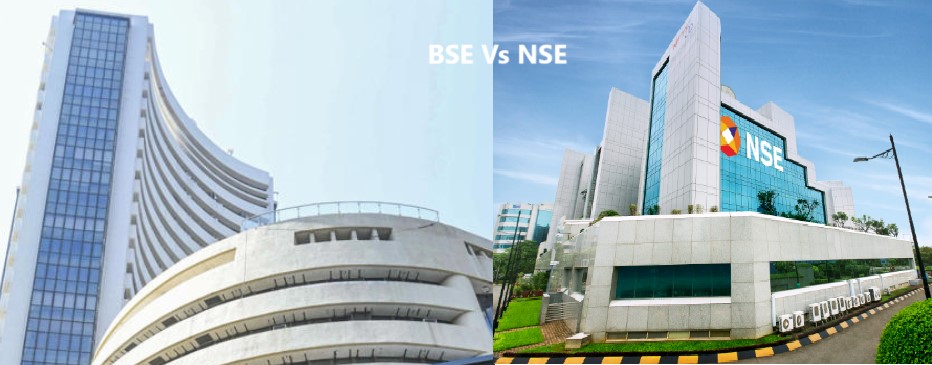
(Photo : BTIN)
- The Indian stock market is facing a fourth week of losses, driven by weak earnings from key players like IndusInd Bank and NTPC.
- The NSE Nifty 50 and BSE Sensex have seen their longest losing streak since August 2023, with a 7% drop from record highs in September.
- Persistent foreign outflows and disappointing earnings have contributed to the market's decline.
- Despite the downturn, investors are advised to diversify their portfolios and stay informed about market trends for potential investment opportunities.
The Indian stock market has been on a downward trajectory, marking a fourth consecutive week of losses. This trend has been primarily driven by disappointing quarterly results from key players such as IndusInd Bank and power company NTPC.
The NSE Nifty 50 and BSE Sensex, two major benchmarks, have also been affected, with both indices experiencing their longest losing streak since August 2023.
The Sensex opened at 80,139.30, marking a gain of 74.14 points or 0.09 per cent. However, by 11:30 a.m., the Sensex had slipped into the red, reaching 79,525.35 points, down by 539 points.
In a similar vein, the Nifty began trading at 24,418.05, climbing 18.65 points or 0.08 per cent. But by 11:30 a.m., the Nifty had slipped to 24,148.25, down 251 points (1.03%).
The market trend remained mixed, with 890 stocks trading in the green and 1084 stocks trading in the red on the NSE. The downward trend has led to a 7% drop from record highs achieved on September 27, marking the worst monthly performance since March 2020.
The market's decline has been attributed to persistent foreign outflows and lackluster earnings. Siddhartha Khemka, head of research of wealth management at Motilal Oswal Financial Services, noted that the market has been experiencing a sustained drop due to these factors.
Foreign Investors and Market Performance
Foreign investors have been selling off Indian shares for the past 19 sessions, redirecting funds to China due to Beijing's stimulus measures and relatively cheaper valuations.
IndusInd Bank, a constituent of the Nifty 50, saw its shares plunge by 15% after reporting a surprise drop in its September-quarter profit. This was due to stress in microfinance loans, leading to higher provisions and lower asset quality.
NTPC also experienced a 2.5% loss after reporting a profit drop in the second quarter due to lower power generation. The broader market was also affected, with ten of the thirteen major sectors declining at the open. The small and mid-cap indices shed 1.2% each.
However, there were some gainers amidst the downturn. Consumer major ITC climbed 4%, becoming the top Nifty 50 gainer. Despite missing second-quarter profit estimates due to rising raw material costs and subdued demand, analysts viewed the strong sales and volume growth in a challenging environment as encouraging signs for future earnings.
Historical Similarities and Investment Strategies
This recent downturn in the Indian stock market is reminiscent of the global financial crisis of 2008, where markets around the world experienced significant losses due to a combination of factors including weak corporate earnings, foreign outflows, and economic uncertainty.









